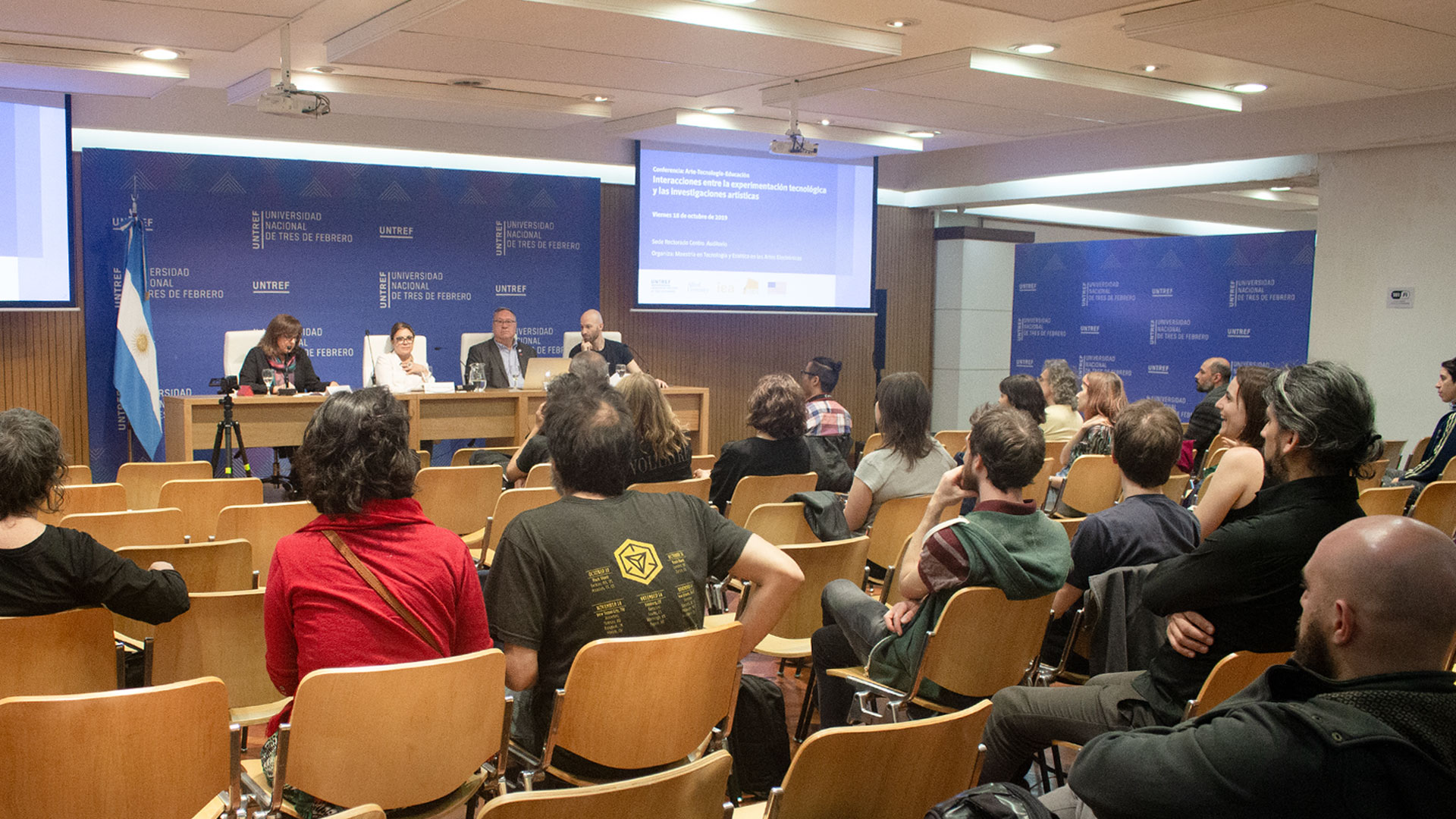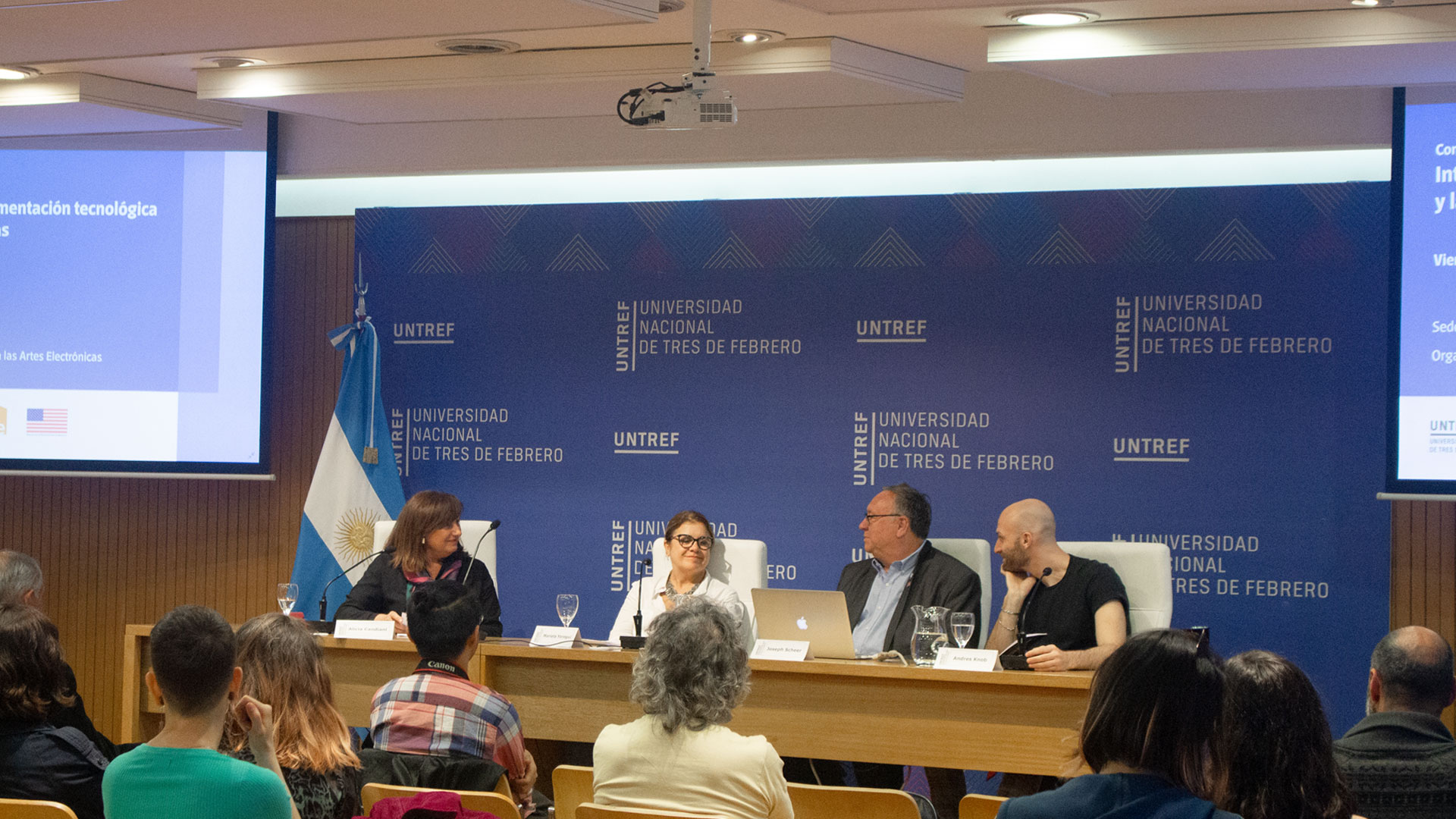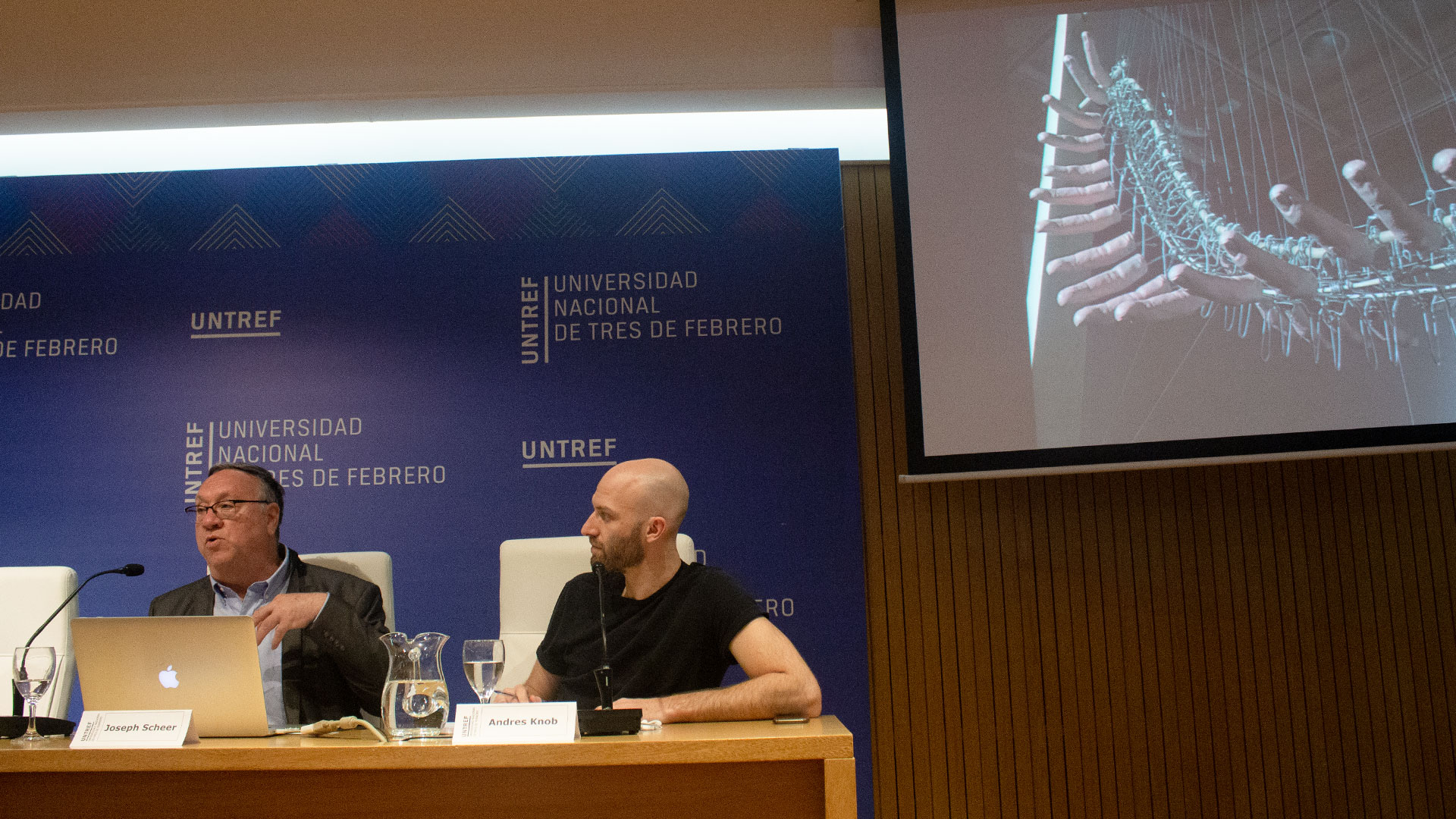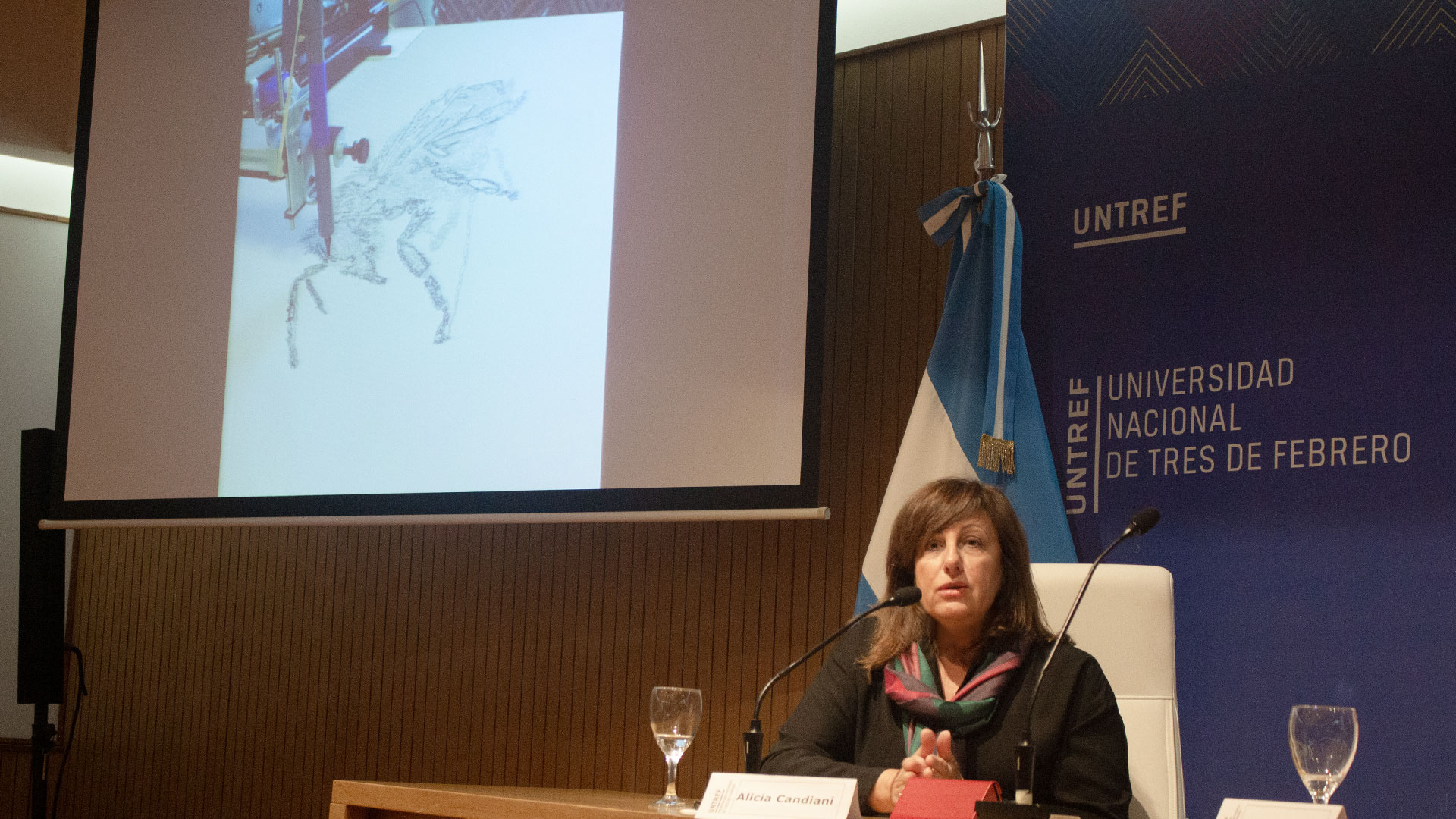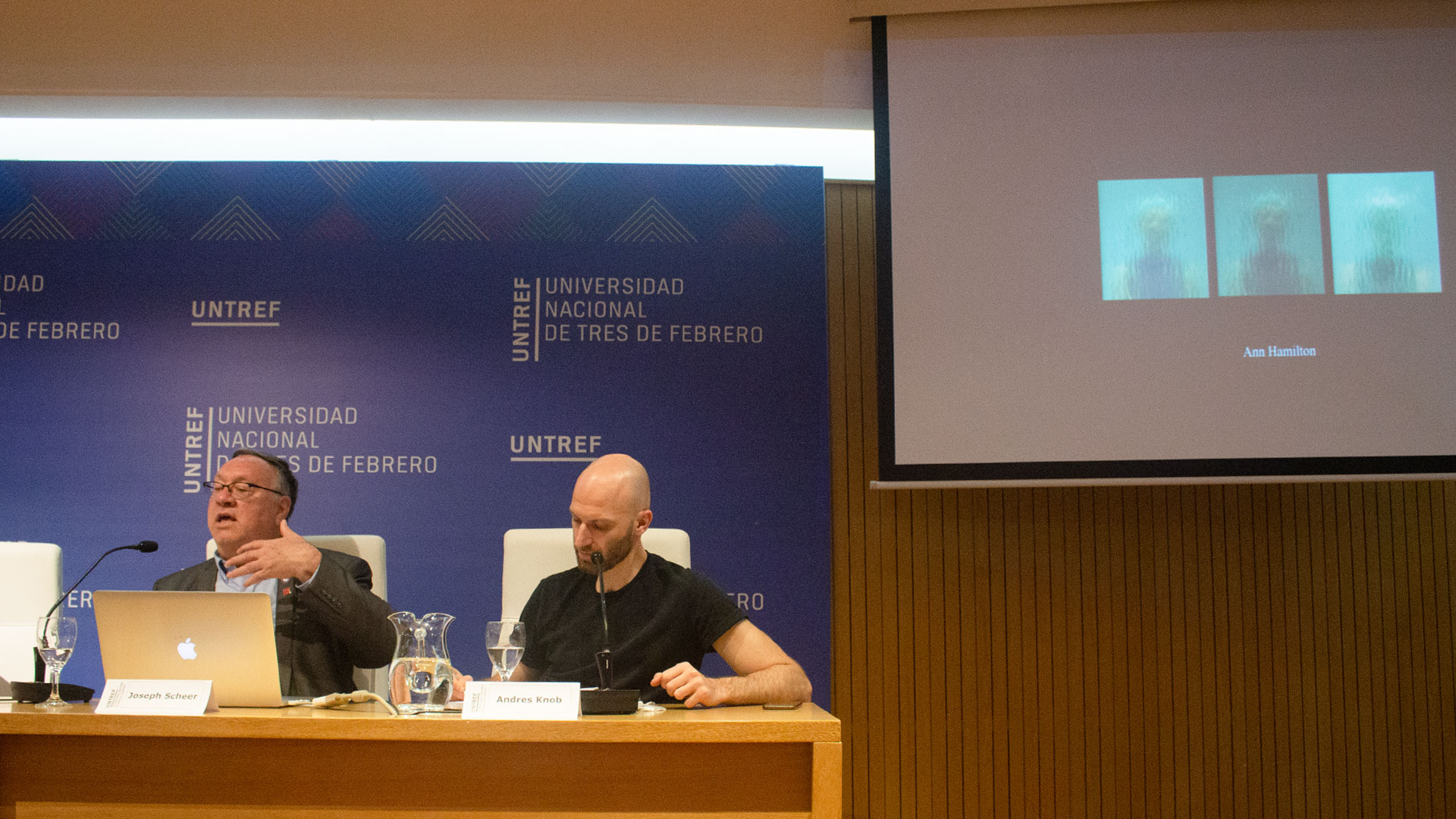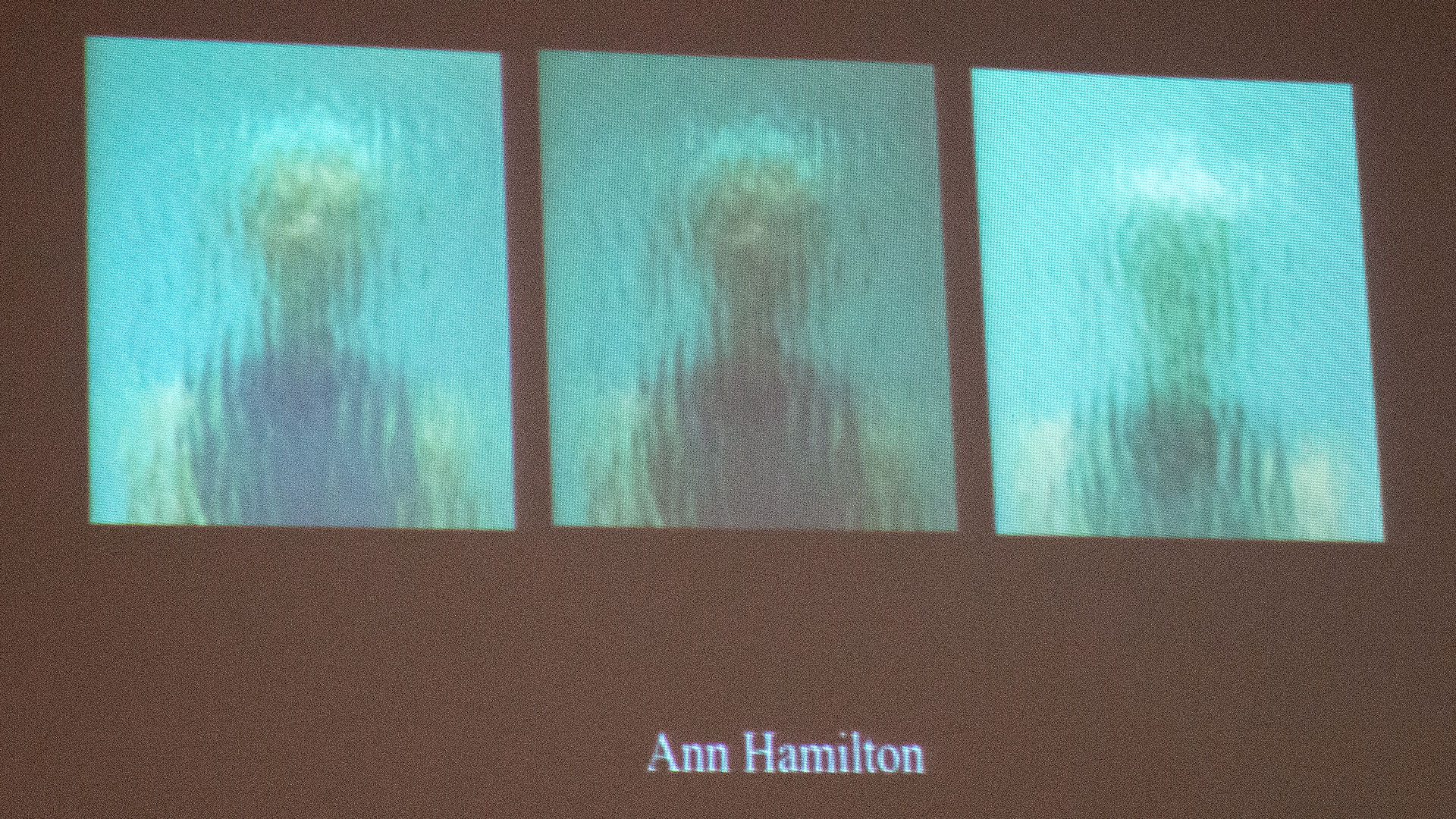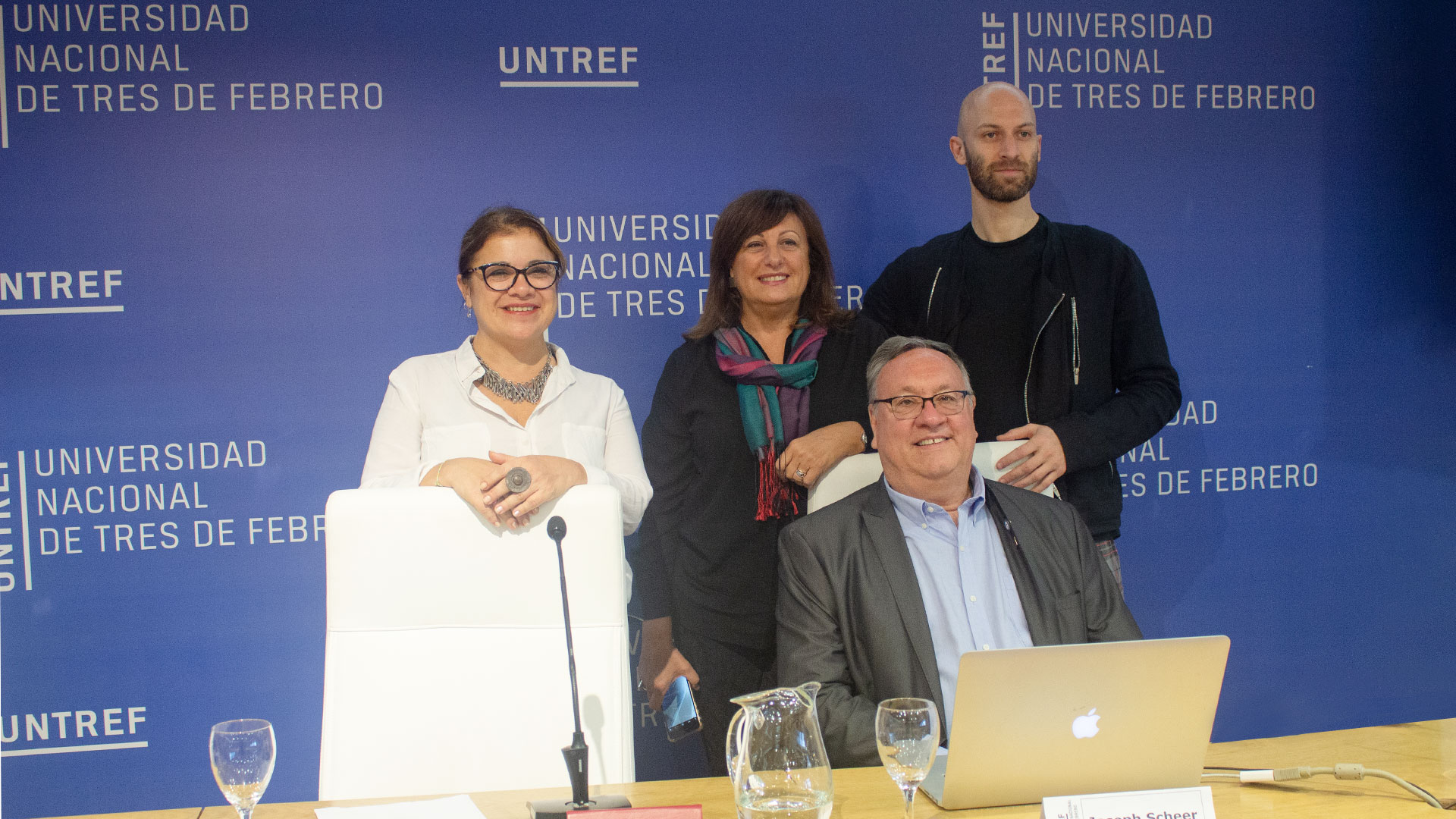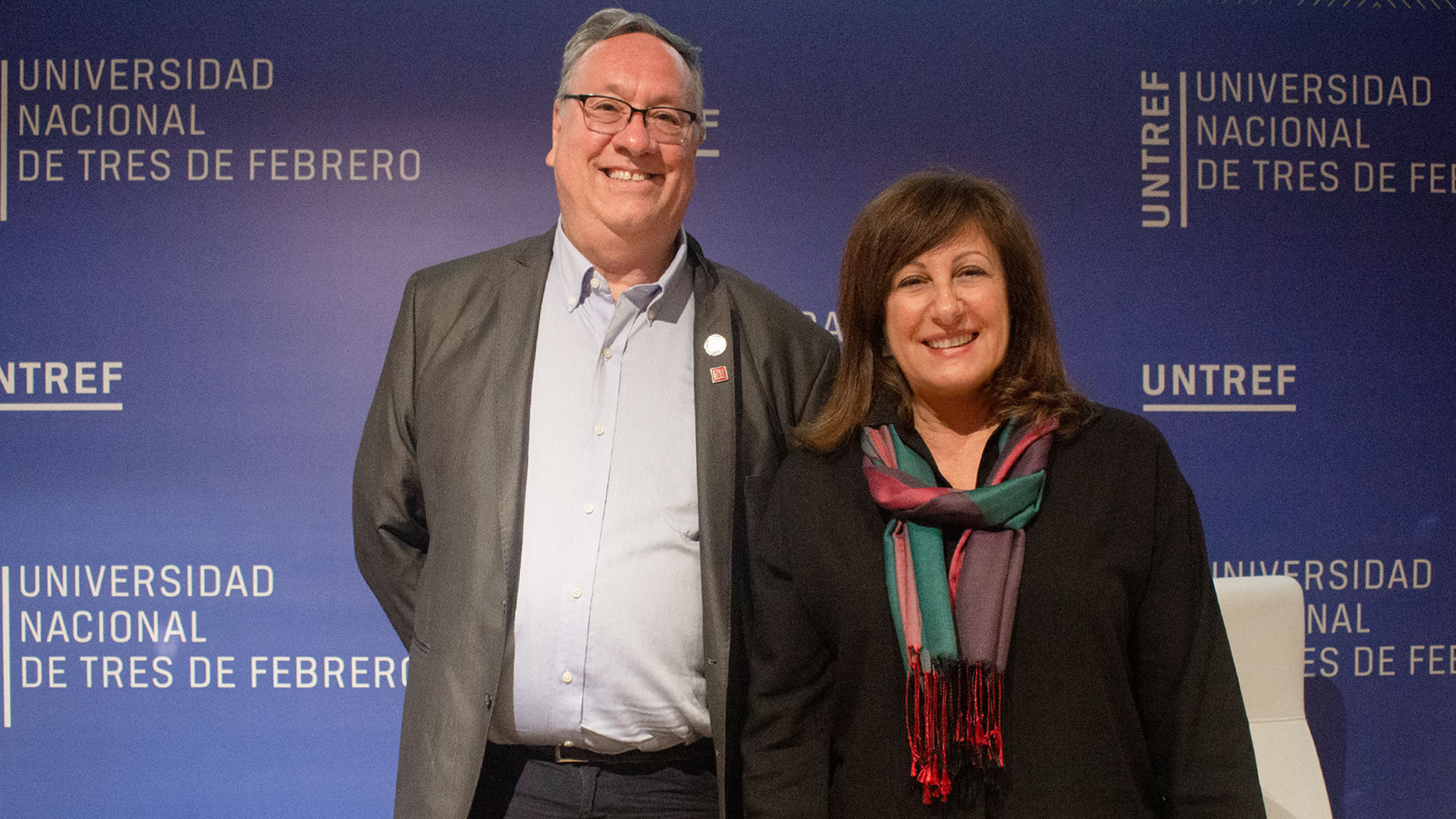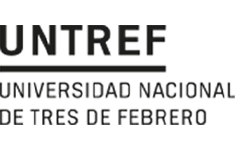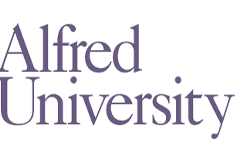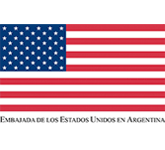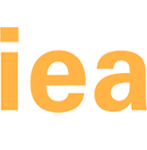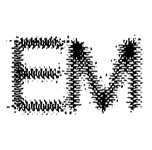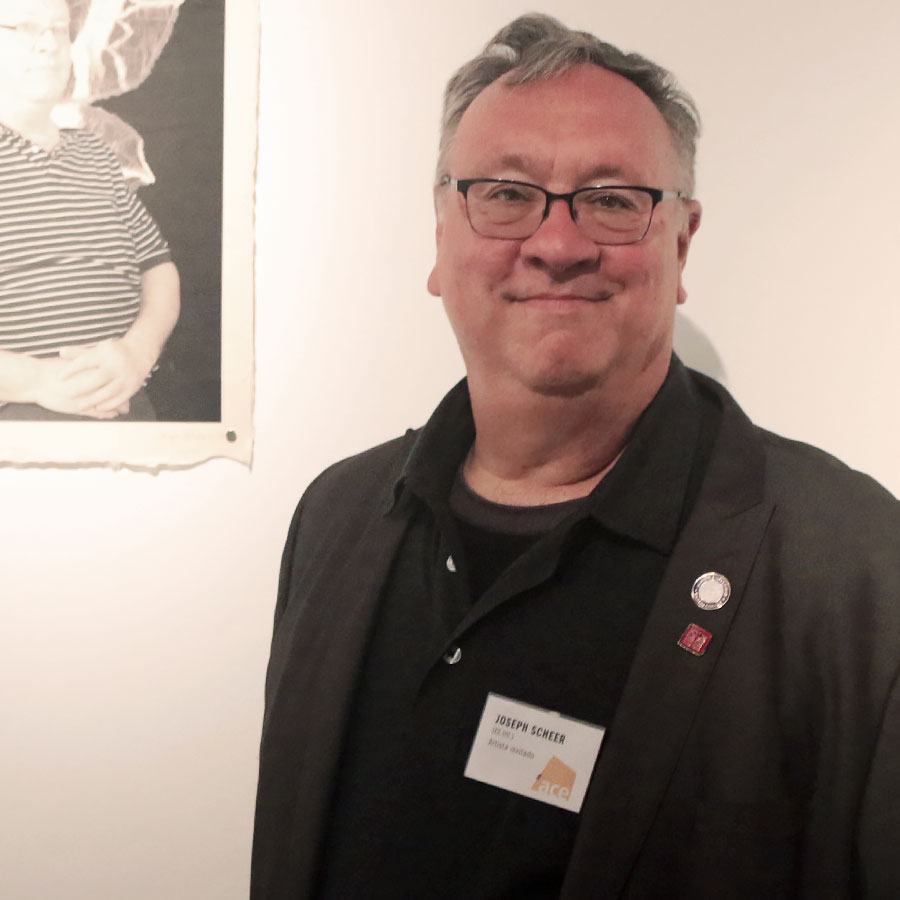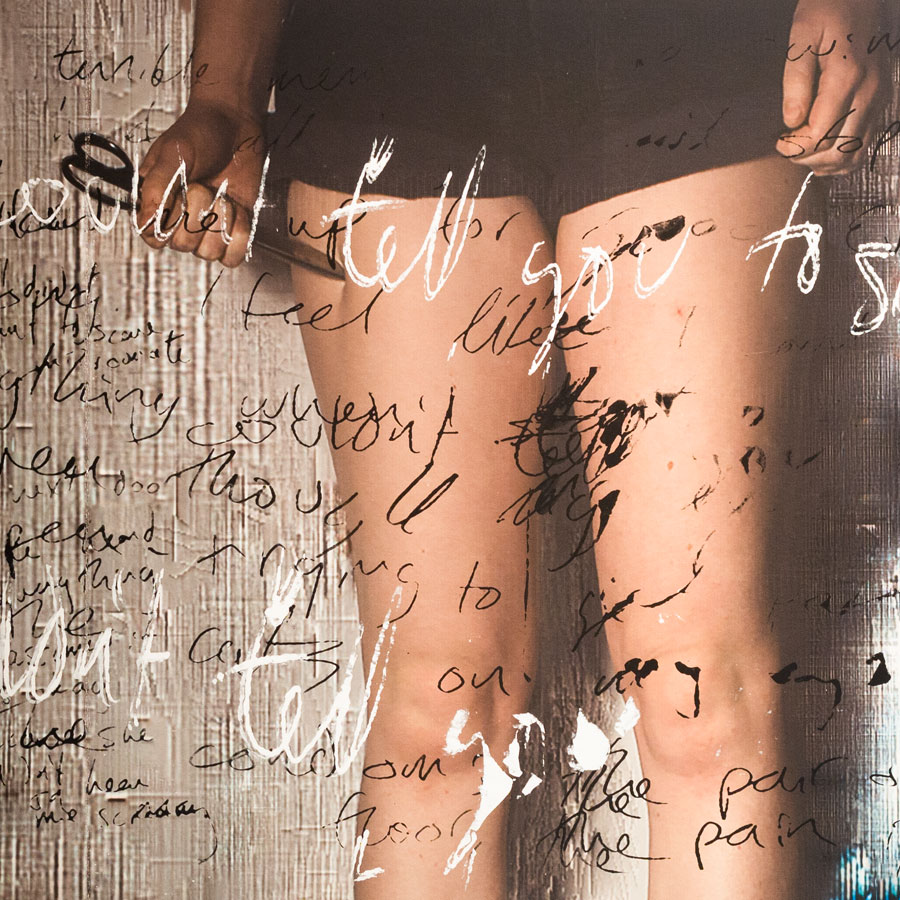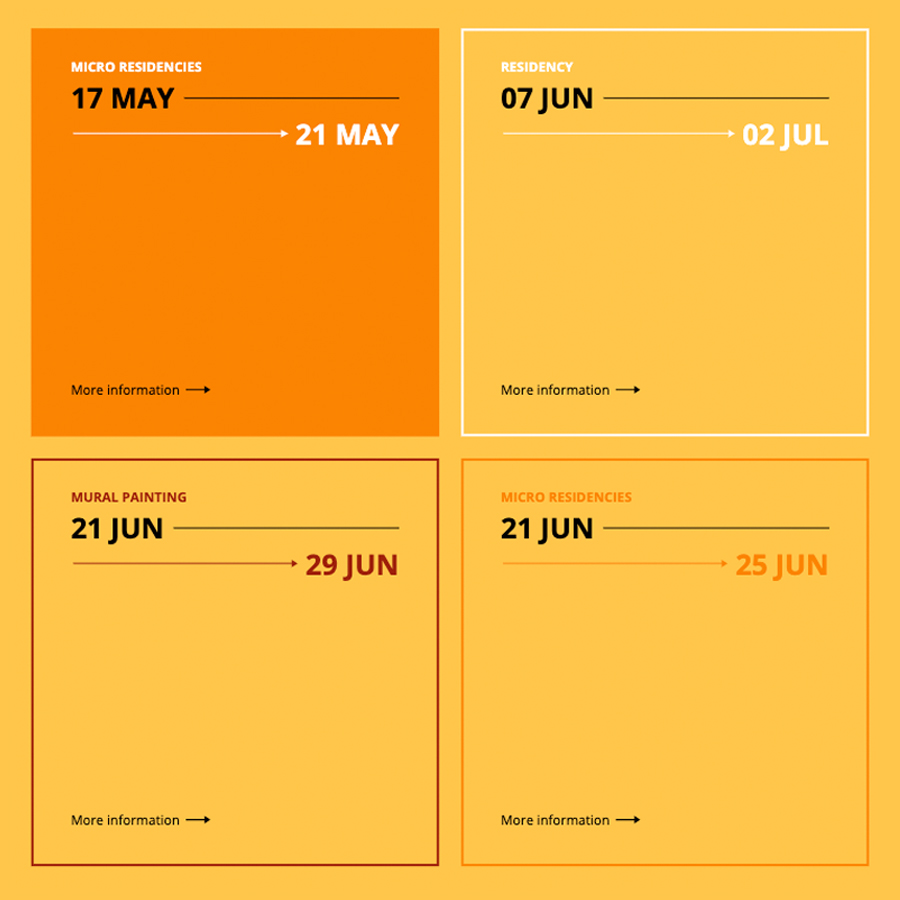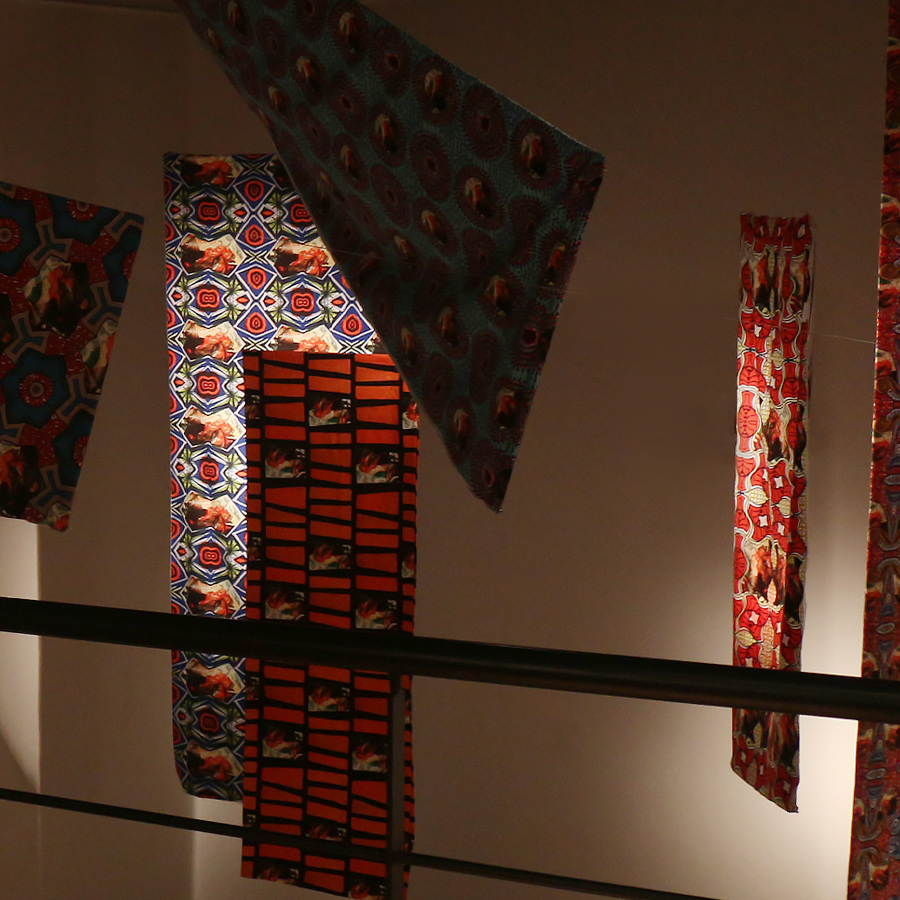Activities
Encounters, Lecture
Art | Technology | Education
Joseph Scheer
18.10.19
ART-TECHNOLOGY-EDUCATION
Interactions between technological experimentation and artistic research
The combination of different languages and technologies is what characterizes the programs of the School of Art and Design at Alfred University in New York, USA. Professor and artist Joseph Scheer spoke about the richness of these interactions. The activity was organized by the Master in Technology and Aesthetics of the Electronic Arts at the University of Tres de Febrero, who enthusiastically welcomed our proposal to extend the activity of Scheer, a guest artist of Fundación´ace, to a wider community in our city. Scheer’s activities in Buenos Aires were also auspiced by the Embassy of the United States of America in Argentina.
In this lecture, Joseph Scheer introduced two of the School of Art and Design’s at Alfred University signature programs –The Institute for
Electronic Arts (IEA) and the MFA program in Electronic Integrated Arts, a MFA program that
embraces emerging technologies. They provide an interdisciplinary context in which to explore interrelationships between emerging forms of electronic and digital technologies and to discuss the interactions between technological and artistic experimentation through projects done by master’s students and artists-in-residence at the IEA, including those of Ann Hamilton, Kiki Smith, Gary Hill, Luftwerk, and Eiko Atake.
Among the interesting concepts that Scheer brought up during the talk, he said that as technology changed, they had to change the way of teaching it. “Our idea was not to reproduce a painting with digital media but to think again about the medium,” he explained, adding that “certain old and traditional technologies are also important to us.” Thus, the American artist referred to the Master in Integrated Electronic Arts as a training space in which the print media, digital languages, video, performance and sound and interactive arts coexist, empowering themselves. “In the MFA, a student will work with different media throughout his/her career,” said Scheer, showing some examples of projects undertaken under this interdisciplinary approach. Among them, one produced by a Belgian graduate student, Michelle Sennesael, consisted of working with dust and sound. “When vibrating with the sound, the dust generated patterns that were later fixed and printed on large pieces,” he clarified. In addition, he described the IEA, an institute he co-directs, as a space in which professional artists, both from New York State and from different parts of the world, carry out creative residencies. “We provide them with the tools to expand their work,” said Scheer, noting that one of the first collaborators they had was the renowned multimedia artist Ann Hamilton. “One of her pieces consisted of recording with a very low resolution surveillance camera the mouths of some dolls that she had found in Sweden, something that she later printed on rather large images and carried out an installation,” said Scheer, noting that these pieces were exhibited in important galleries in China and France, among other countries.
Alicia Candiani, director of the Fundación´ace, recounted her experience as a resident at Alfred University and highlighted “the freedom that exists to move from one discipline to another.” Candiani said that the university is extraordinary not only for the facilities it has but for its faculty. “They work collaboratively. By building community they create a very propitious context to develop these intersections and expansions of artistic practice,” she summarized.
For her part, Mariela Yeregui, director of the Master in Technology and Aesthetics of the Electronic Arts, commented that these experiences are extremely valuable for students and teachers at UNTREF. “We are interested in promoting these dialogues and getting to know these programs that are asking themselves questions very similar to those that we ask ourselves”, she concluded.
Related artists
Auditorio Rectorado UNTREF
Juncal 1319, Buenos Aires, Argentina
Lecturer:
JOSEPH SCHEER
Fulbright Scholar, Professor of Print Media, and Co-Director/Founder of the Institute for Electronic Arts at the School of Art and Design, Alfred University, New York, USA
Introductions by:
ALICIA CANDIANI
Artist, Artist-in-Residency International Program Director at the Fundación´ace para el Arte Contemporáneo and International Randall Chair / Expanded Media Division, Alfred University, New York, 2018
Artist
MARIELA YEREGUI
Master of Electronic Arts Director. Artist and Professor
University of Tres de Febrero (UNTREF)
ABOUT THE IEA
The Institute for Electronic Arts (IEA) is dedicated to the integration of electronic media within the fine
arts disciplines through a focus on art making, research, and education. The Institute supports
evolving electronic studio research labs, host national and international exhibitions, and has an
establish artists’ residencies program that has hosted over 250 artists.
ABOUT THE DEM
The Division of Expanded Media (DEM) was created to support and embrace an experience and understanding of art and art making that transcends the divisions that have traditionally existed among the disciplines of printmaking, design, digital interactive arts, video arts, and sonic arts.
